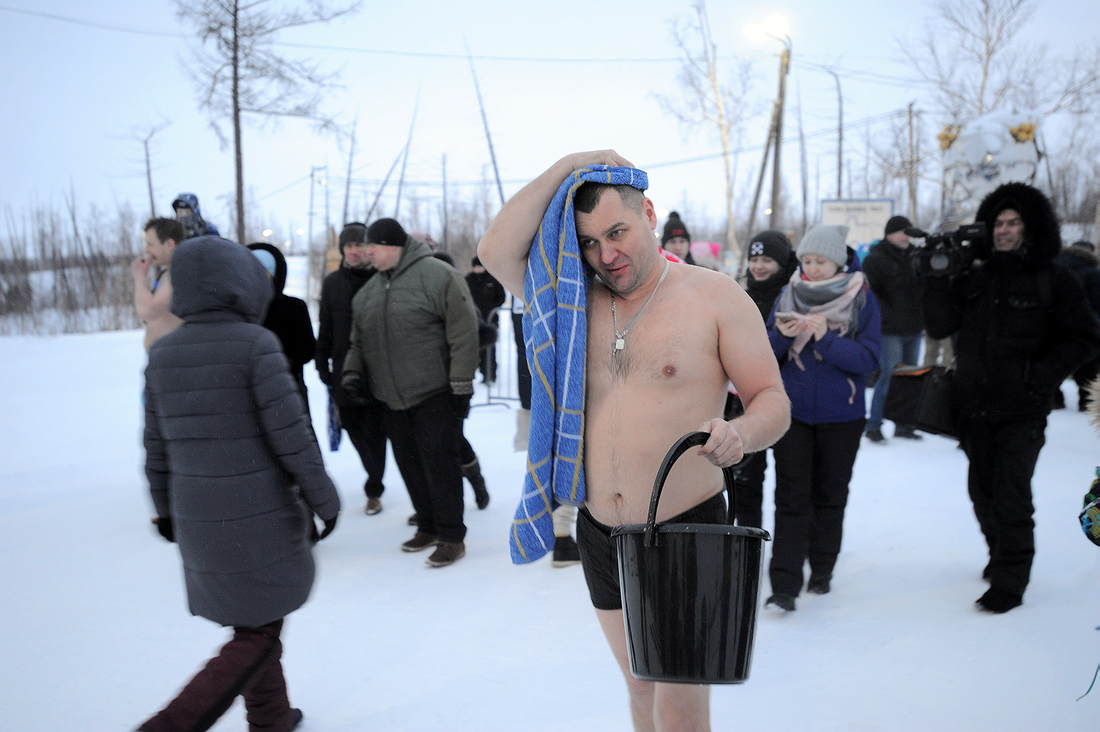Together with specialists from the Taimyr branch of the Krasnoyarsk Hydrometeorology and Environmental Monitoring Center, we recall the coldest and warmest years in the city’s history.
The period of steady frost in Norilsk lasts about 280 days a year. At the same time, more than 130 days with snowstorms are observed. Our city is one of the five windiest settlements on the planet. The average wind speed here has not changed for decades. For example, in January it is about 23 m/s.
Climatic winter lasts from the beginning of the second decade of September to the first decade of May. During the winter, up to two million tons of snow falls on the territory of Big Norilsk. That is 11 tons of snow for every inhabitant of Norilsk per year.
Summer is short, cool and cloudy. The warmest months are July and August. The average temperature in July is plus 13.6 degrees.
The weather indicator in the Far North is not only air temperature, but also the wind strength. For this, the so-called weather stiffness is calculated – the temperature equivalent of a person’s sensations towards simultaneous exposure of frost and wind of a certain force.
1. January
It was precisely in terms of weather severity in 2014 that Norilsk got its coldest record for all years of observation. On January 30, a temperature of minus 64 degrees was shown by the town hall electronic thermometer. The coldest January was in the 70s.
2. February
February 1979, with an average temperature of minus 40.7 degrees, became the coldest in the history of Norilsk. February 2007 overcame the mark of minus 37.2 degrees, and minus 36 in 2010. The city’s history also had amazingly warm winter months. For example, in February 1943, the average monthly temperature was only minus 15.9 degrees.
3. July
Record heat happened in Norilsk in 2013. Many citizens remember this: according to Taimyrhydromet, in July a temperature maximum was recorded in the history of meteorological observations since 1972. The thermometer bar rose to the plus 32 degrees mark.
From the point of view of meteorologists, 2011 was the most unique: July with an average temperature of plus 12.2 degrees turned out colder than June, which had an average temperature of plus 12.4. And this was the only case in the history of observations.
Text: Maria Sokolova, Photo: Nikolay Schipko









